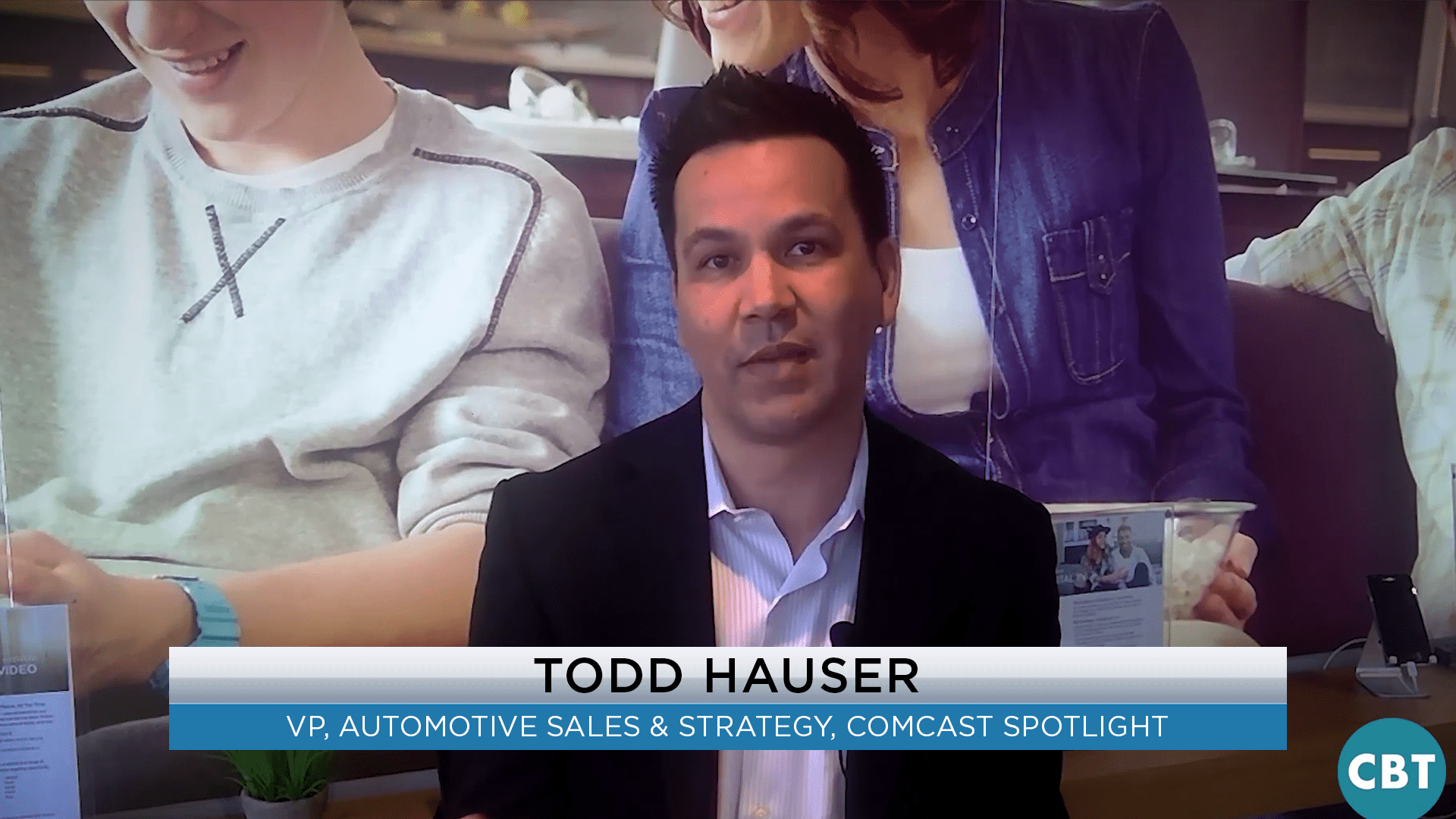Just when you thought television advertising was a thing of the past, don’t touch that remote, because today’s guest will share with you why tv advertising does a better job than digital in connecting car shoppers in your market to your dealership. Today, Jim Fitzpatrick sits down with Todd Hauser, VP of automotive sales and strategy at Comcast Spotlight.
It’s no secret that the auto industry is in constant flux, and our guest today has some ways dealers can drive growth when sales are expected to be flat or down, and it begins with television. After seven to eight years of positive growth, especially in the new car market, Todd recommends focusing on these three things to continue that growth:
- Inspect and reprioritize your media mix
- Use smart targeting tools
- Pay attention to trends in the attribution space
When you think about television, the statistical facts are compelling. 53 percent of auto buyers are driven to OEM websites by TV ads right now, and 49 percent of auto shoppers make buying decisions based on local TV ads. It’s important to use that awareness and consideration to drive your internet search activity.


In a recent survey by the Video Advertising Bureau (VAB), 19 of the top 25 auto brands actually increased their television spend in the fourth quarter of 2017, and saw a sharp increase in their site visits, and five of the brands that decreased their spend, saw a decrease in their digital site visits.
There are a lot of new changes happening at Comcast Spotlight to address this very issue. There are new strides in data analytics, and a focus on household level data which can really boost ad targeting. They are also shifting the conversation from day-parts and demos, to audiences, which allows you to step back from duplicated data sets, and really hone in on audience targeting using first-party data.








